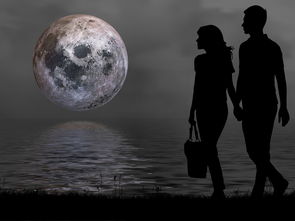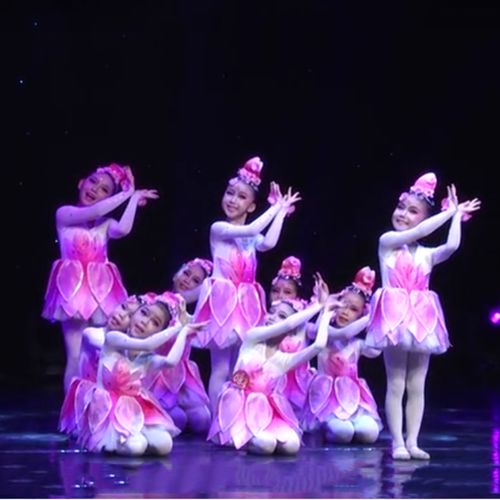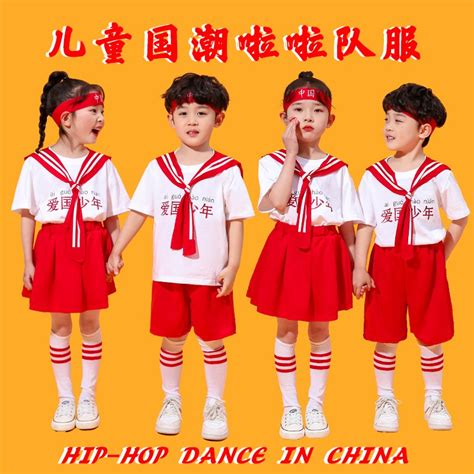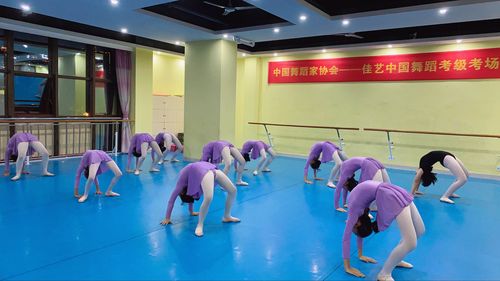春晚为什么用外国舞蹈开场
Title: Describing Chinese New Year Gala Dance Performances in English
Introduction:
The Chinese New Year Gala, or "Chunwan," is an annual televised event celebrating the Lunar New Year in China. Among its many attractions are the captivating dance performances that blend traditional Chinese culture with modern artistic expression. Below, I'll describe these enchanting dance routines in English, capturing their essence and cultural significance.
1. Dragon Dance (舞龙):
The Dragon Dance, a quintessential part of Chinese culture, mesmerizes viewers with its vibrant colors and dynamic movements. The dragon, typically made of silk, bamboo, and paper, symbolizes power, wisdom, and prosperity. As the rhythmic beats of drums and cymbals fill the air, the dragon undulates gracefully, weaving through the performers who manipulate its sinuous body. Its fluid motions, punctuated by sudden leaps and twirls, evoke a sense of awe and reverence among the audience.

2. Lion Dance (舞狮):
Another beloved tradition is the Lion Dance, where performers don lion costumes to mimic the movements and spirit of the mythical creature. Accompanied by the rhythmic sounds of drums, gongs, and cymbals, the lions prance and leap in a synchronized display of agility and strength. The dance symbolizes courage, good luck, and warding off evil spirits, making it a cherished ritual during festive occasions like the Spring Festival.
3. Fan Dance (扇子舞):
The Fan Dance is a graceful and elegant performance that showcases the beauty of traditional Chinese dance. Dancers, adorned in colorful costumes, wield intricately decorated fans with precision and finesse. With each delicate flick of the wrist and graceful sweep of the fan, they convey stories of love, nature, and mythology. The fluid movements, combined with the fluttering of the fans, create a mesmerizing spectacle that captivates the audience's imagination.
4. Ribbon Dance (彩带舞):
The Ribbon Dance is a visual feast of swirling colors and graceful movements, symbolizing joy, prosperity, and unity. Dancers manipulate long, flowing ribbons attached to poles, creating mesmerizing patterns in the air. With each twist and turn, the ribbons form intricate shapes, evoking images of blooming flowers, fluttering butterflies, and flowing rivers. The dance embodies the spirit of celebration and renewal, marking the beginning of a new year filled with hope and optimism.
5. Traditional Folk Dances (民间舞蹈):
In addition to the iconic performances mentioned above, the Chinese New Year Gala also features a rich tapestry of traditional folk dances from various regions across China. These dances reflect the cultural diversity and heritage of the country, showcasing unique costumes, music, and choreography. From the lively and exuberant Yangge Dance of northern China to the graceful and melodious Dai Dance of southern China, each performance offers a glimpse into the rich cultural mosaic of the nation.
Conclusion:
The dance performances at the Chinese New Year Gala are not just artistic expressions but also embodiments of Chinese traditions, values, and aspirations. Through the mesmerizing movements and vibrant colors, these dances bring people together, fostering a sense of unity, joy, and cultural pride. As spectators marvel at the grace and beauty of each performance, they are reminded of the enduring spirit of the Chinese people and the timeless allure of their cultural heritage.











